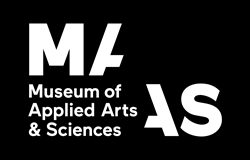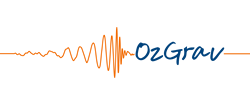When: Tuesday 13th November, 2:00pm – 3:30pm
Where: Theatrette, Level 2 behind the registration/foyer area
Hashtag: #T9
It is hard to go to a science communication conference without seeing the phrase ‘fake news’ or ‘post-truth’, with many keynotes calling for scientists and science communicators to find a voice to be heard in the echo chambers of social media.
Twelve months ago, the Australian Academy of Science embarked on an ambitious project to do just that: to deliver a social engagement initiative of science communication content that was engaging, informative and—most importantly—increased the quality of verified science content in social media feeds.
Bringing in experience from commercial media to partner with skilled science communicators and backed up by the reputation and expertise of the Academy’s Fellowship, the communications team has evolved into a high-performing media house that produces videos, articles and image content specifically for social media on a broad range of topics and breaking news items.
But how, in the fast-paced environment of breaking news and the constraints of a 60-second video, can we ensure we do not misrepresent complex science and risk damaging the Academy’s reputation for excellence?
In this presentation, I will discuss our rigorous verification processes that ensure that we publish only fact-checked and consensus-view content. I will also touch on how this verification process builds trust both within the science sector and with mainstream media outlets.
https://www.facebook.com/AustralianAcademyofScience/
Session
Case studies: Lessons from the experts
Presenter
Dr Tom Carruthers, Senior Content Producer, Australian Academy of Science and National Director, Pint of Science Australia
